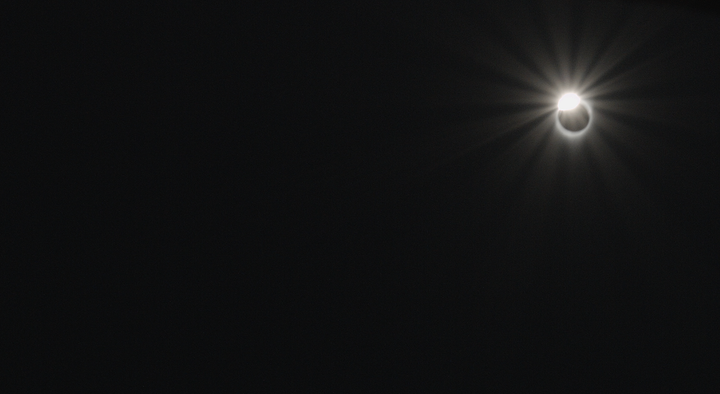Hello L1T Denizens,
A search of the extant material on the forum was disappointingly scant in the area of digital photography, filmmaking, and the legacy medium from which the two emerged.
Let’s Fix that.
Post your gear, your use cases, your workflow, your problems, your advice, and anything else of interest to you (and potentially to others) here. Discuss advances and developments in the field, share your knowledge, and shoot the shit with the other glassheads in the community.
I’ll start with an inquiry: I sold off all of my equipment in a move some time ago, and I’m gearing up for my first production in a while. I still have lights, a fluid head and tripod, and probably a shoulder rig/gimbal laying around somewhere too. I’ve not followed the tech for some years now, so I’m not too familiar with the hot takes and spicy deals that I might benefit from.
I almost exclusively work in video, mostly short-form news spots, documentaries, interviews, and the occasional multimedia art piece or indie music video. I’m used to a 2 camera workflow for most things, but my setup budget is initially tighter than my old equipment set cost new.
Luckily, things seem to have improved since then.
My criteria for my inital rig are:
- bare essentials, with room to grow in future
- Video above all else, 4k not a must
- high value for money
- Shoots Raw or Fat, durable codecs (not squeamish about hacking)
- portable enough to run and gun or fit on a midrange gimbal/stabilizer
- minimal company lock-in (not a must, but preferred in a close race)
After a bit of research, the Blackmagic Pocket (BMPCC) seems to be a good benchmark. Massive dynamic range, uniquely un-crippled firmware, shoots Raw, and designed to be pretty open. They’re going used for 500-600 US as well.
Thing is, the BMPCC came out in 2014, and a ton of Mirrorless and DSLR systems have come out since. Too many to comprehensively research on my own. I’m also looking at the BMMCC (micro) because it has the same sensor and firmware, but more robust build quality and a few other key features. Biggest problem is that you pretty much have to rig it because it lacks any on-device screen and uses breakouts heavily.
So the question is: what other portable camera systems, if any, will let me shoot raw 1080p+ footage with 13 stops of dynamic range for $600-1000 (body only?) All suggestions welcome.













